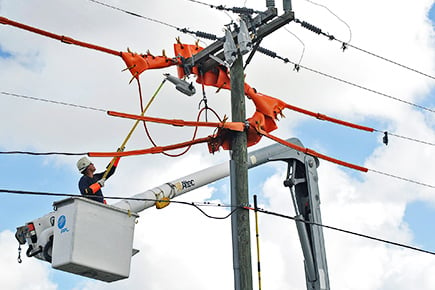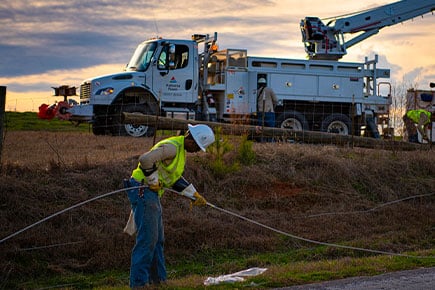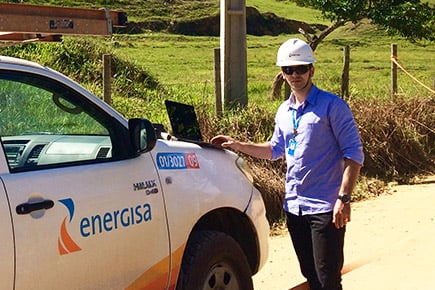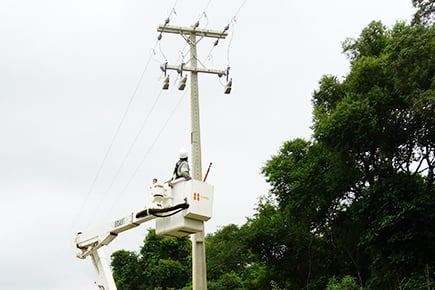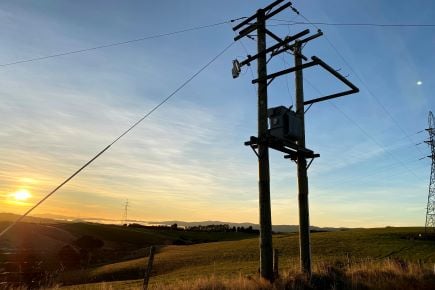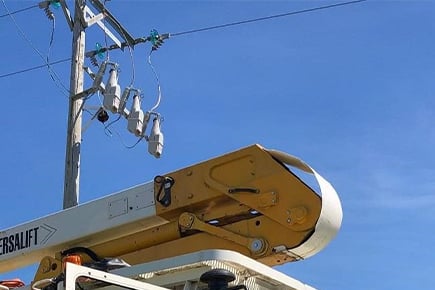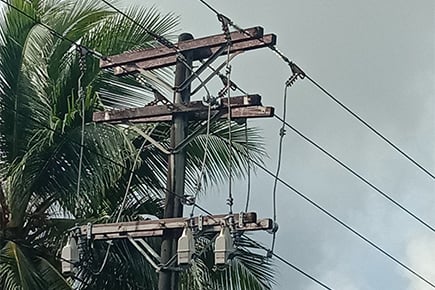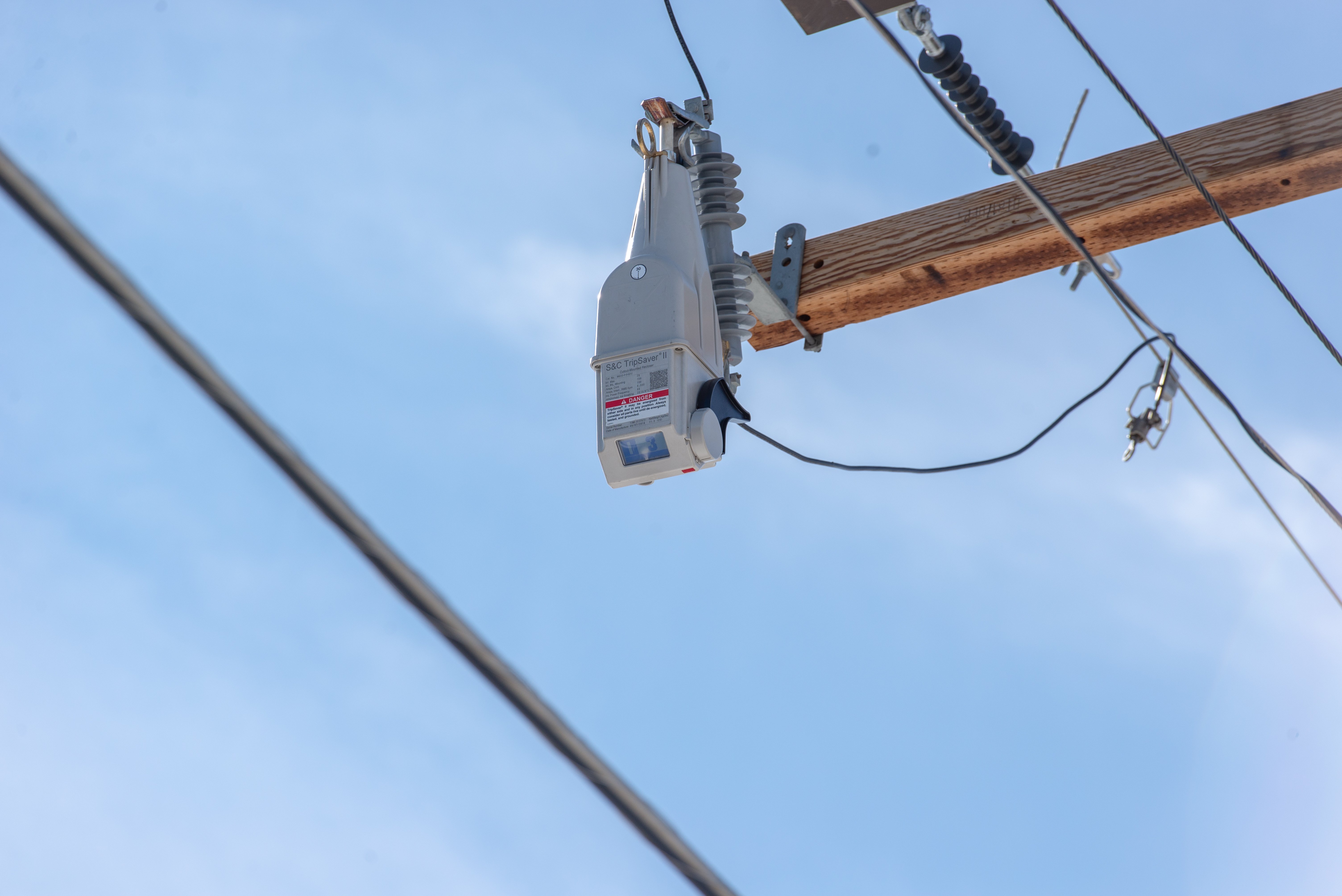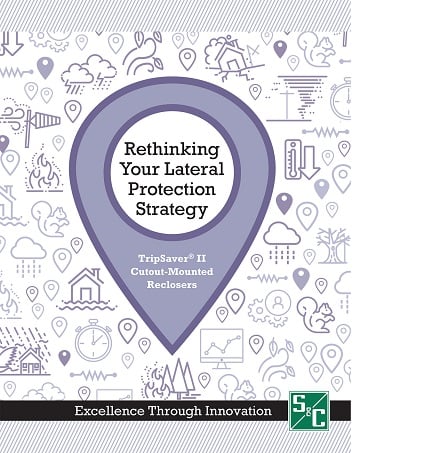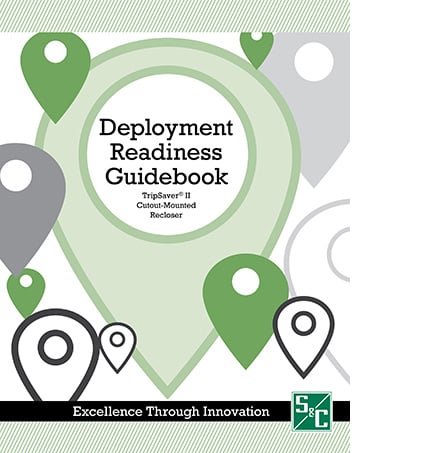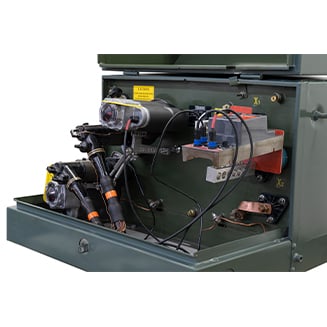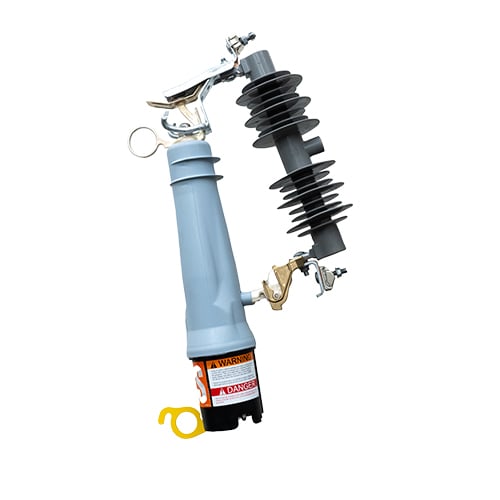Up to 80% of faults on overhead lateral lines are caused by temporary issues, such as vegetation, animals, and storms.
S&C’s TripSaver II recloser replaces fuses and automatically restores power after temporary faults, preventing outages and unnecessary truck rolls.
Avoid disturbances that disrupt your customers and impact your bottom line with S&C’s single-phase recloser.
Reclosers vs. Fuses
Lateral fusing strategies force trade-offs. Customers either experience a sustained or momentary interruption. Crews must be sent to replace the blown fuse and restore power. See how S&C’s single-phase recloser combines the best of fuse-saving and fuse-blowing strategies in one device to mitigate or isolate outages closer to the fault.
Advantages
Win massive gains by advancing your lateral protection strategy with TripSaver II reclosers.

Customer Satisfaction
Mitigate momentary and sustained outages despite the weather to improve SAIDI, SAIFI, and MAIFI.

O&M Cost Savings
Avoid unnecessary truck rolls to allow crews to focus on modernization initiatives and restoration services.

Eco-Friendly Benefits
Lower your carbon footprint with fewer trips, and replace fuses that can cause sparks and debris.

Rapid Installation and Results
Easily integrate devices into your system using cutouts and programmable fuse curves.
Savings Calculator
Pick a feeder on your system, and calculate how much you could save by using a TripSaver II recloser.
CalculatePounds of CO2 Emissions TripSaver II Reclosers Prevented This Year
*Calculated based on the U.S. Environmental Protection Agency Greenhouse Gas Equivalencies Calculator and utility-reported statistics for S&C’s TripSaver II recloser
Case Studies
Federated States of Micronesia
Island Nation Enhances Reliability, Resilience With Reclosers
Read Full Case StudyConstruction & Design
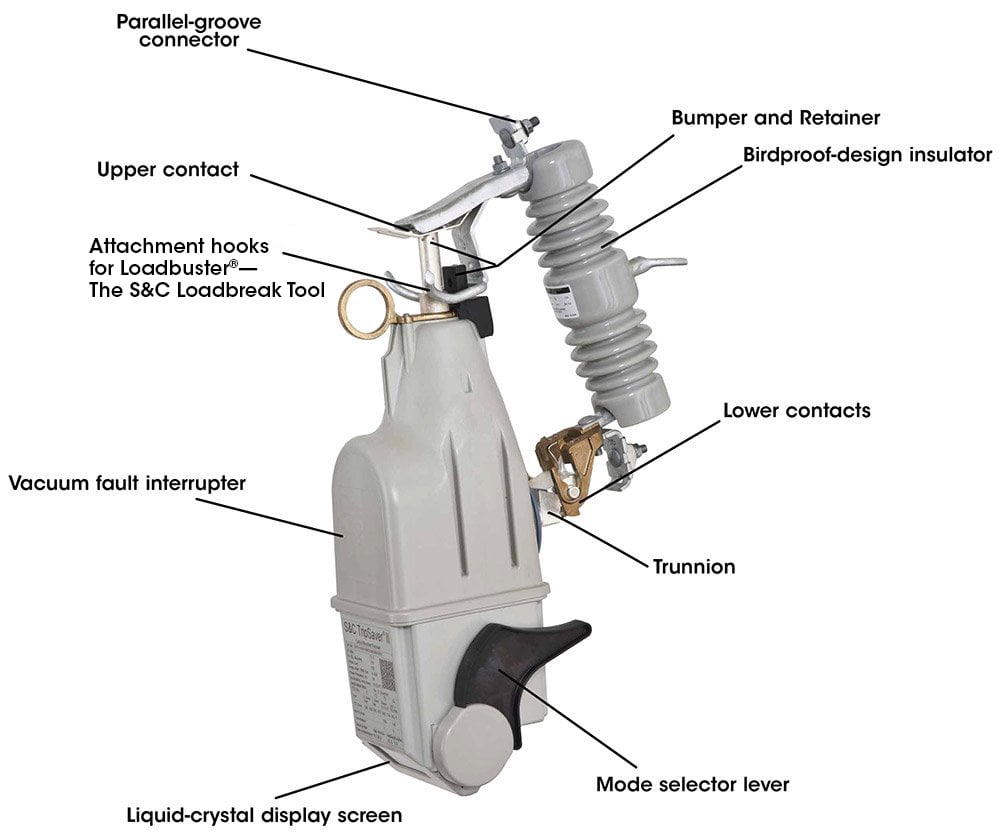
Features

TCC Curve Variety
Hundreds of TCC curves available for easy integration and device coordination

Vacuum Interrupter
Fault current quietly contained and interrupted inside a vacuum-sealed chamber

Local Manual Open
Breaks the load without a loadbreaking tool

Non-Reclose Mode
Disables the programmed automatic reclosing

Reclosing Operations
Up to three reclosings before dropping open to provide a visible gap

Restraint Feature
In-rush restraint feature always on; will not nuisance trip on in-rush

Operational Status
LCD screens display real-time device status with information scrolling

Ice Breaking
Capability for device to break ¾-inch (20mm) of ice

Sectionalizing Mode
Can operate as a sectionalizer over a range of fault currents

Service Center
Service center-configurable; can reconfigure operating sequence

Microprocessor Control
Line-powered microprocessor control, with no batteries needed

Sequence Coordination
Improves coordination between upstream and downstream reclosers to prevent nuisance momentary outages
Guidebooks
Thinking about running a TripSaver II recloser pilot or want to check whether you’re optimizing it for the best results? Or perhaps you’re gearing up for widescale deployment and want to be sure you’ve thought through all the steps to come? We’ve assembled best practices from working with utilities like yours to share our expertise as you bring TripSaver II reclosers onto your system.
Assessment Guide
Expert insights for gauging single-phase recloser suitability for your system
View or DownloadDeployment Guide
Best practices to ensure a smooth and efficient widescale installation
View or DownloadNeed Support?
S&C is here to help you through any stage in your grid-modernization journey, from system studies to installation videos. Explore more below.
Product Details
(On mobile, swipe left for remaining ratings information.)
| 50/60-Hz Ratings① | With Porcelain Insulator | With Polymer Insulator | |||||||
|---|---|---|---|---|---|---|---|---|---|
| kV | Amperes, RMS② | Leakage Distance to Ground Minimum, Inches (mm) | Base Catalog Number | Leakage Distance to Ground Minimum, Inches (mm) | Base Catalog Number | ||||
| System Class | Nom. | Max | BIL | Cont. | Interr., Sym | ||||
| 15 | 15 | 15.5 | 110 | 40 | 4 000 | 8½ (216) | 990511 | 14¾ (375) | 990511-P |
| 6 300 | 8½ (216) | 990611 | 14¾ (375) | 990611-P | |||||
| 100 | 4 000 | 8½ (216) | 990111 | 14¾ (375) | 990111-P | ||||
| 6 300 | 8½ (216) | 990211 | 14¾ (375) | 990211-P | |||||
| 200 | 4 000 | 8½ (216) | 990311 | 14¾ (375) | 990311-P | ||||
| 6 300 | 8½ (216) | 990411 | 14¾ (375) | 990411-P | |||||
| 25 | 25 | 29 | 125 | 40 | 4 000 | 11 (279) | 990522 | — | — |
| 6 300 | 11 (279) | 990622 | — | — | |||||
| 150 | 4 000 | 17 (432) | 990532⬤ | 26½ (673) | 990532-P⬤ | ||||
| 6 300 | 17 (432) | 990632⬤ | 26½ (673) | 990632-P⬤ | |||||
| 125 | 100 | 4 000 | 11 (279) | 990122 | — | — | |||
| 6 300 | 11 (279) | 990222 | — | — | |||||
| 150 | 100 | 4 000 | 17 (432) | 990132⬤ | 26½ (673) | 990132-P⬤ | |||
| 6 300 | 17 (432) | 990232⬤ | 26½ (673) | 990232-P⬤ | |||||
| 125 | 200 | 4 000 | 11 (279) | 990322 | — | — | |||
| 6 300 | 11 (279) | 990422 | — | — | |||||
| 150 | 200 | 4 000 | 17 (432) | 990332⬤ | 26½ (673) | 990332-P⬤ | |||
| 6 300 | 17 (432) | 990432⬤ | 26½ (673) | 990432-P⬤ | |||||
① For 50-Hz applications, specify Microprocessor Control for Application on 50-Hz systems, catalog number suffic "-F".
② Minimum trip current is 5 amperes for 40 A continuous, 5 amperes for 100 A continuous and 10 amperes for 200 A continuous TripSaver II reclosers.
⬤ Applicable for protection of single-phase-to-neutral circuits only in solidly-grounded-neutral (multi-grounded-neutral) 34.5-kV systems where leakage distance to ground meets user's requirement. Uses 25-kV, 150-kV BIL mounting.
